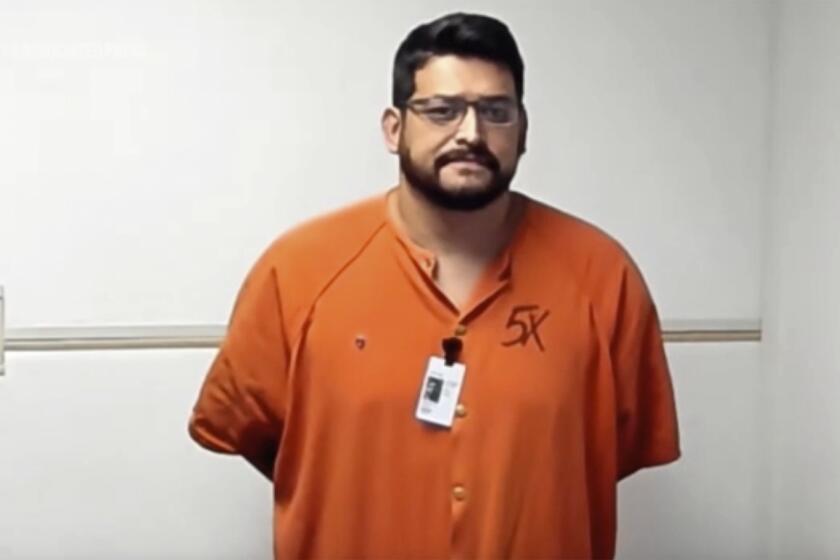Revised Bills Said to Cut Counterfeiting
WASHINGTON — The Treasury Department and the Federal Reserve told Congress on Friday that the incidence of counterfeiting has declined sharply since the federal government began redesigning currency in 1996 with new security features.
The currency redesign, which began with the $100 bill and ended in 2000 with notes for $5 and $10, featured bigger portraits of the country’s Founding Fathers and a variety of features intended to make duplication on sophisticated copy machines more difficult.
The report said that with the newer $100 bill, only 35 counterfeit notes were detected for each million the New York Fed processed in 2001.
By contrast, 200 counterfeit bills were found out of each million notes processed under the old design.
“The incidence of counterfeiting of the new-design notes is dramatically lower than of the older design notes,” the two agencies said in a report to Congress.
The currency of the world’s largest economy remains popular outside the United States. The report said that of $620 billion of U.S. currency in circulation in late 2002, between $340 billion and $370 billion -- 55% to 60% -- was circulating outside of the United States.
“Foreigners continue to hold U.S. currency for the same reasons that many once held gold coins outside the countries where they were originally minted -- dollars are a safe store of value when the purchasing power of the domestic currency is uncertain,” the report said.
The report said that the incidence of counterfeiting should decline even more with another redesign this year -- in which color tints will be added in the notes’ neutral areas to make copying even harder.
“We continue to improve our currency and resist efforts by counterfeiters the world over to produce and pass counterfeit U.S. notes,” Treasury Secretary John W. Snow said in a statement accompanying the report.
The newer designs will retain many of the anticounterfeiting features the government began introducing in 1996, including watermarks, security threads that glow when exposed to ultraviolet light and minute images that are visible only through a magnifying glass.
More to Read
Sign up for Essential California
The most important California stories and recommendations in your inbox every morning.
You may occasionally receive promotional content from the Los Angeles Times.










